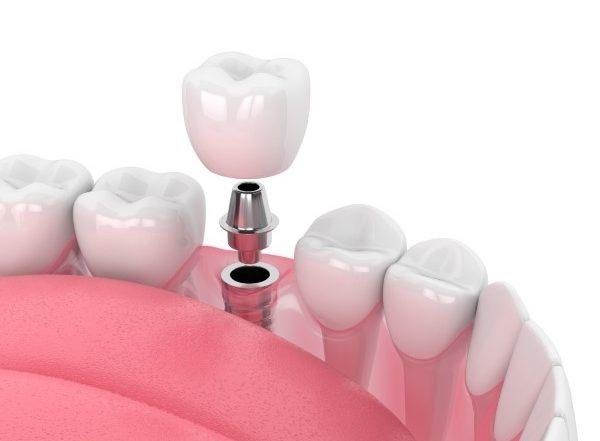
Gum disease is a very common disease among adults. People may not notice or may easily ignore when they are experiencing the early stages of gum disease because the signs are easily pushed aside. The disease ranges from mild to severe. The mild form of gum disease is called gingivitis, and the severe form is known as periodontitis. When gingivitis is not treated in its early stages, it may advance to periodontitis. Gingivitis can usually be treated with brushing and flossing every day, as well as getting regular cleanings done by your dentist. However, with periodontitis, there’s a chance of losing teeth, bone loss, gum loss, and tissue damage. Once the infection makes it past the gums into the bone, the gums will begin to recede away from the teeth and form deep gum pockets. Theses pockets are a haven for the production of plaque and bacteria which causes the disease to progress further.
Gum disease is mostly caused by improper oral hygiene, but surprisingly there are many other factors that contribute to gum disease as well which include:
- Smoking
- Certain medications
- Clenching or grinding
- Poor nutrition
- Hormone shift
- Weakened immune system
- Genetics
The common symptoms of gum disease are:
- Red, swollen, or tender gums
- Bleeding when you brush or floss
- Loose or sensitive teeth
- Pain while chewing
- Bad breath that does not go away
- Receding gums
If you are experiencing any of the symptoms of gum disease, or believe you could be at risk, please contact Clear Dental!



